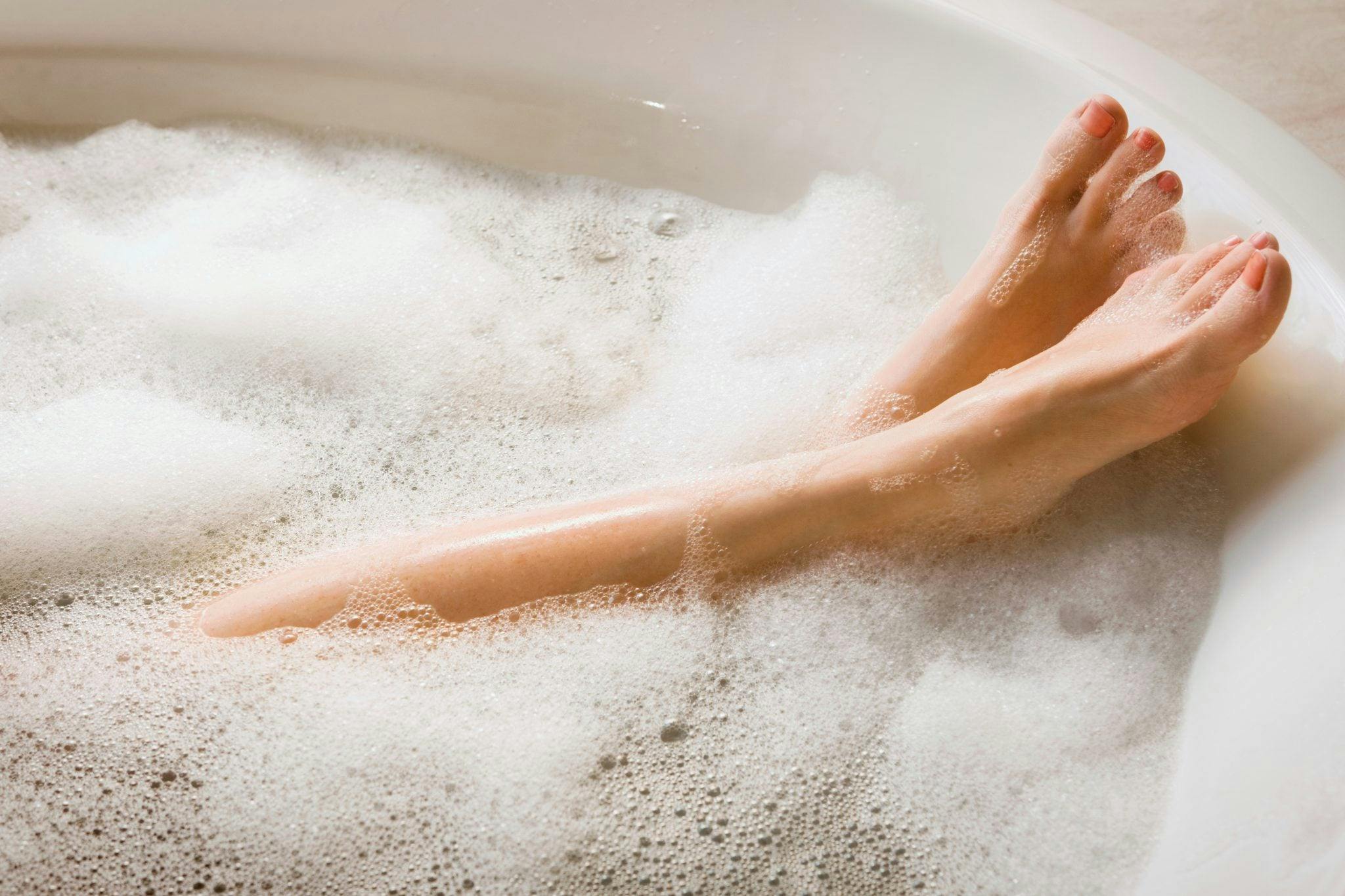
2024-06-21T14:29:51
Coral Desert Orthopedics Voted Best Orthopedic Surgeon in Southern Utah
- Orthopedics
July 3, 2017 | Orthopedics
Specialties:Orthopedics

One tactic for reducing aches and pains that many people find effective is temperature therapy—the use of heat and cold to reduce pain in a given area.
Different injuries and conditions lend themselves to hot or cold treatments, and some may be right for both. Here’s a look at when you’ll want to use heat and/or ice.
Heat Therapy:
Heat therapy helps improve circulation and blood flow to an injured area. Even a small increase in temperature can relieve discomfort while improving muscle flexibility for recovery. Heat therapy can also heal damaged tissue.
There are two types of heat therapy:
In addition, some people find relief from professional heat therapy treatments including heat from an ultrasound.
When using heat therapy, you might choose different methods for local (small areas of pain like a stiff muscle), regional (widespread pain or stiffness) or whole body (saunas and hot baths) treatments.
Cold Therapy:
Cold therapy, also known as cryotherapy, reduces blood flow to a given area, in turn reducing the inflammation that leads to pain in the first place. It can also temporarily reduce nerve activity.
Several options are available for cold therapy:
Never apply frozen items directly to skin, and always try to apply cold therapy as soon as possible after an injury. Use cold therapy several times a day for no more than 20 minutes. For best results, you can elevate the area.
Heat Therapy:
Keep these tips in mind to avoid minor risks associated with heat therapy:
Cold Therapy:
Beware of the following risks or side effects with cryotherapy:
Different people find different benefits from hot or cold therapy, and your doctor can also help you make the final determination on what’s right for you. Additionally, here are some specific times when you should not use a given therapy:
Heat Therapy:
Don’t use heat therapy if you have any of the following conditions:
Check with your doctor before using heat therapy if you have heart disease or hypertension, or if you’re pregnant and looking to use a sauna or hot tub.
Cold Therapy:
Don’t use cold therapy if you have conditions or situations including:
If you’re dealing with persistent aches or pain, your doctor can offer a treatment plan including proper use of heat and cold.
“Treating Pain with Heat and Cold.” HealthLine.com. http://www.healthline.com/health/chronic-pain/treating-pain-with-heat-and-cold#overview1
“Cryotherapy in Pain Management.” MedicineNet.com. http://www.medicinenet.com/cryotherapy/article.htm
WRITTEN BY:
Orthopedics


2024-06-21T14:29:51

2024-02-06T11:40:13

2023-03-30T11:23:12

2021-06-30T10:17:21
This information is not intended to replace the advice of a medical professional. You should always consult your doctor before making decisions about your health.